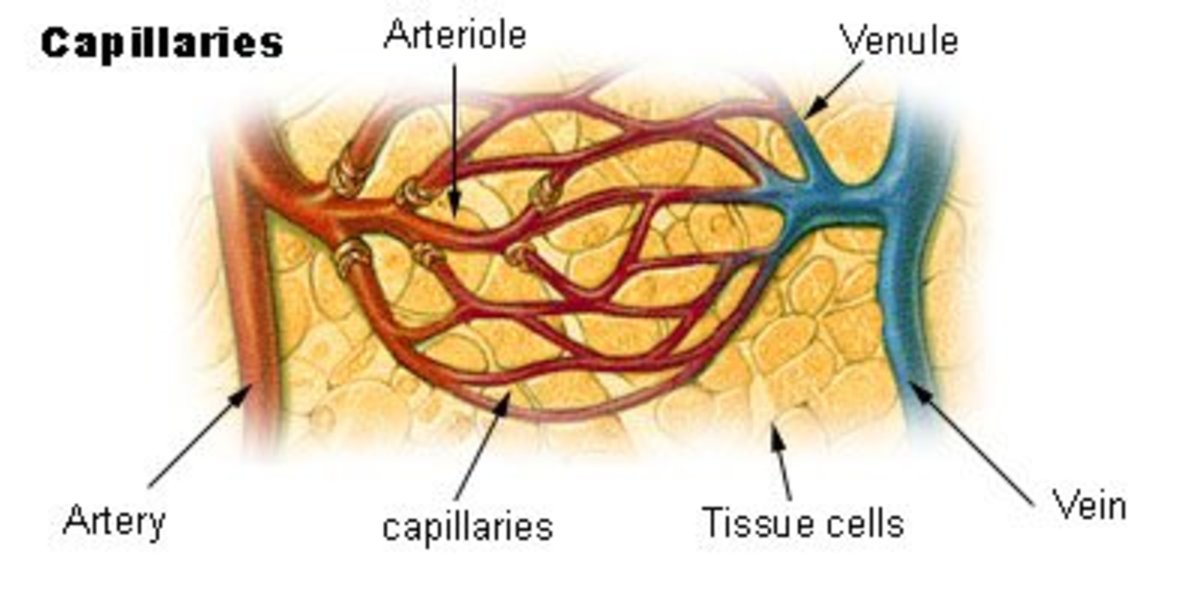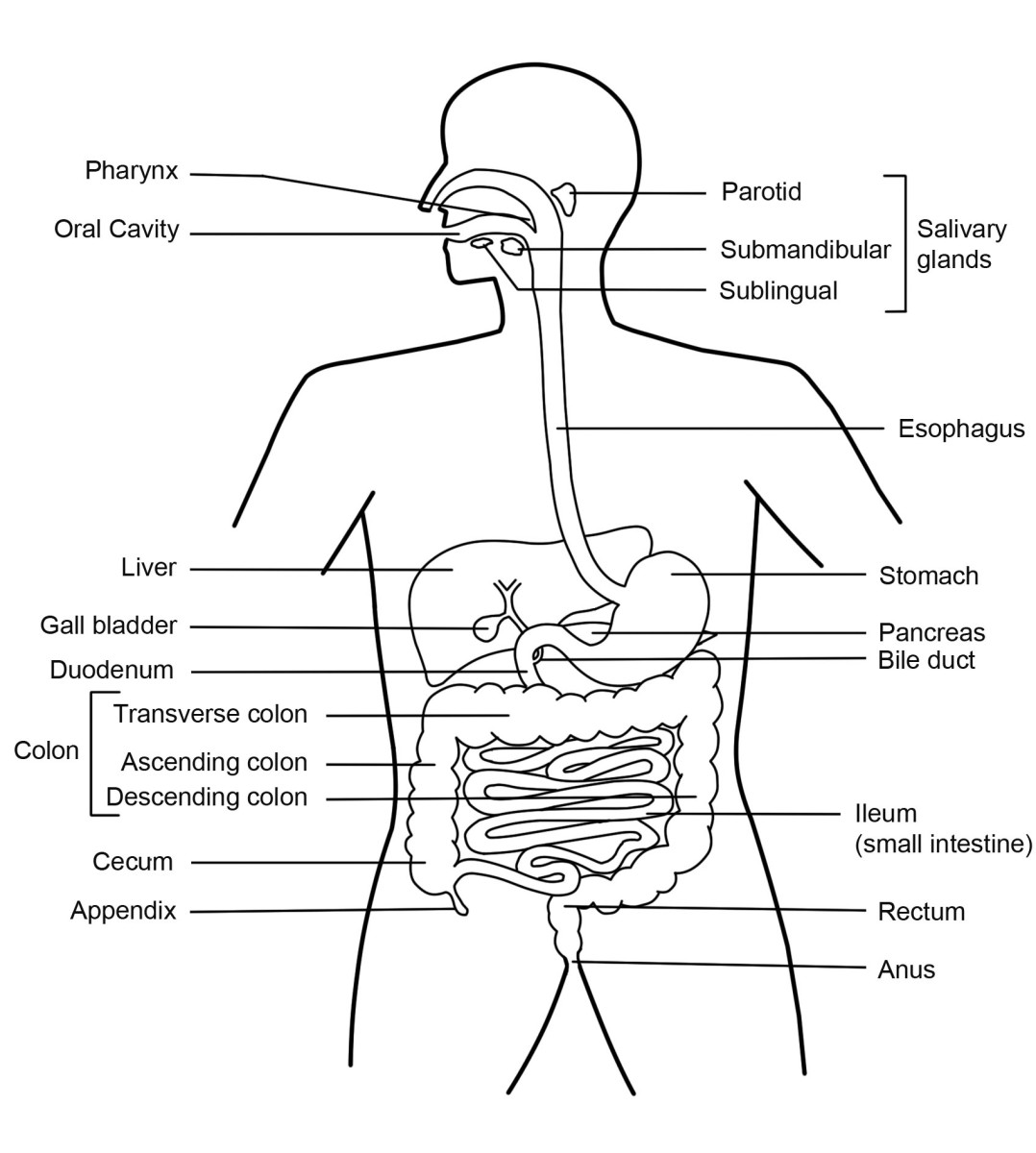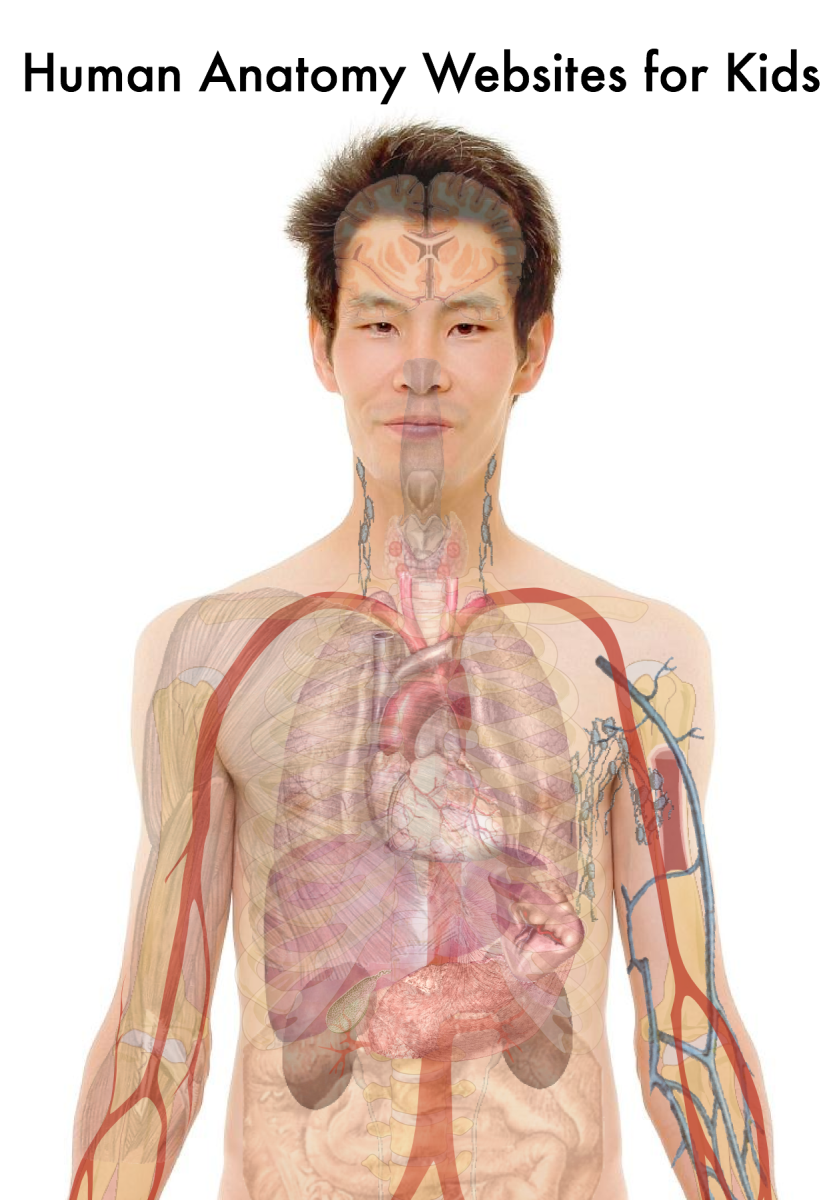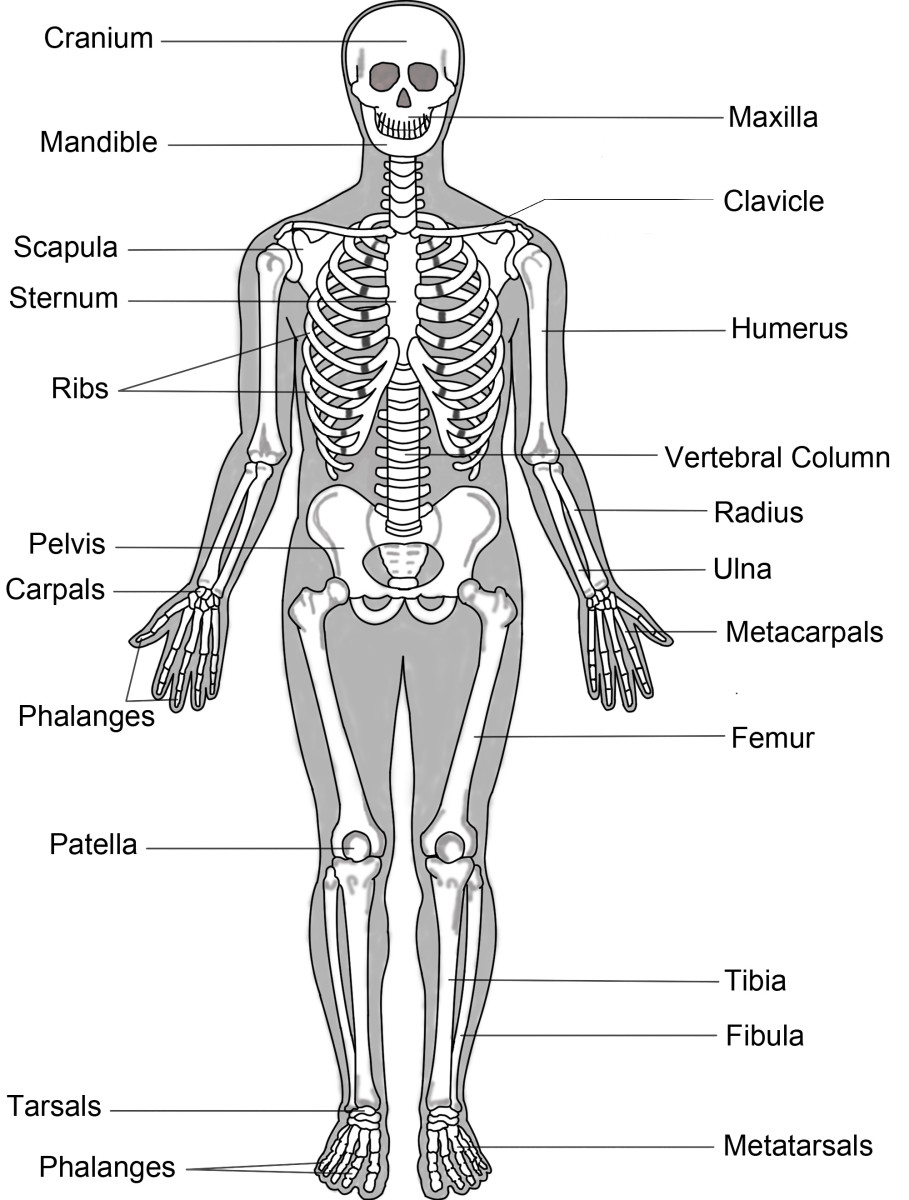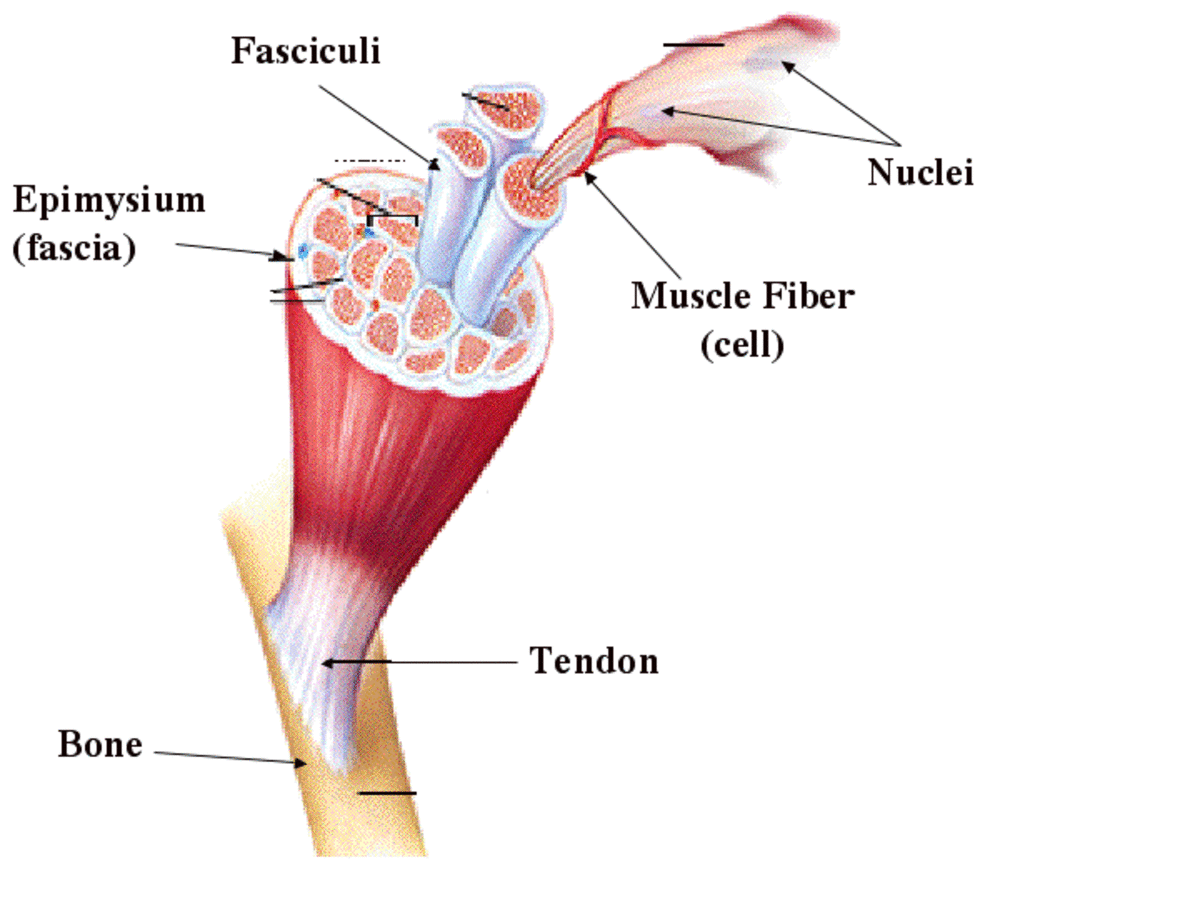The Plumbing in the Body – the Vascular System
The cardiovascular system is made up of a heart pumping blood throughout the body, a vascular system and the blood. The vascular system is responsible for conducting blood from the heart to the peripheral tissues and returning the blood back to the heart. It also conveys blood form the right heart to the lungs, as it had been discussed in the article ‘The Heart as a Pump’, and brings back the oxygenated blood to the left heart.
Structure to meet the functional demand
Vessels in the body are given different names based on their sizes and the function. Vessels carrying blood out of the heart are known as arteries, while the vessels conducting blood towards the heart are known as veins. Since the arteries and veins tend to carry a large volume of blood, they tend to have thicker walls through which the peripheral tissues are unable to harvest the nutrients and the oxygen. Therefore, the arteries tend to divide and thin-out forming a network of vessels known as capillaries, the walls of which have the thickness of a single layer of cells at the tissue level. These capillaries then merge to form veins.
The Arteries and Veins
The vessels in the body generally have a wall made up of three layers: the tunica intima (the inner most layer), the tunica media (the middle muscular layer) and the tunica adventitia (the outer most layer). The thickness of each of these layers tends to vary based on the function each vessel is performing. For example the arteries tend to have a thicker tunica media, to withstand the very high pressure of blood which is pumped out from the ventricles. The vessels in the outflow tract of the left heart tend to have a thicker wall than those in the outflow tract of the right heart as the pressure in the left heart is several times greater than the right heart when pumping blood. The veins usually have thinner walls and act mainly as a reservoir of blood. So, there walls are designed to relax and accommodate blood. When the body comes across a need of extra-blood (e.g. – exercise), the walls in the veins contract and provide the heart with an extra volume of blood.
The Capillaries and their Function
The capillaries, having a very thin wall, come into very close contact with the tissues in the periphery. Nutrients and oxygen in the blood flowing along the capillaries tend to diffuse on concentration gradient towards the tissues. The carbon dioxide and waste products formed in the tissues tend to diffuse in a similar manner towards the blood in the capillaries. Therefore, the walls of the capillaries function as an exchange. Similarly, in the lungs, the carbon dioxide in the deoxygenated blood and certain volatile waste products tend to diffuse out of the pulmonary capillaries (capillaries in the lung) to the air filled spaces in the lungs (known as alveoli). The oxygen in the alveoli diffuses towards the blood in the pulmonary capillaries
Thus, the circuit of vessels in the body is formed in such an organized manner to conduct the blood throughout the body distributing the oxygen and nutrients to the peripheral tissues, while collecting carbon dioxide and waste products from the tissues. The next article in the series therefore will be on blood and its functions.

